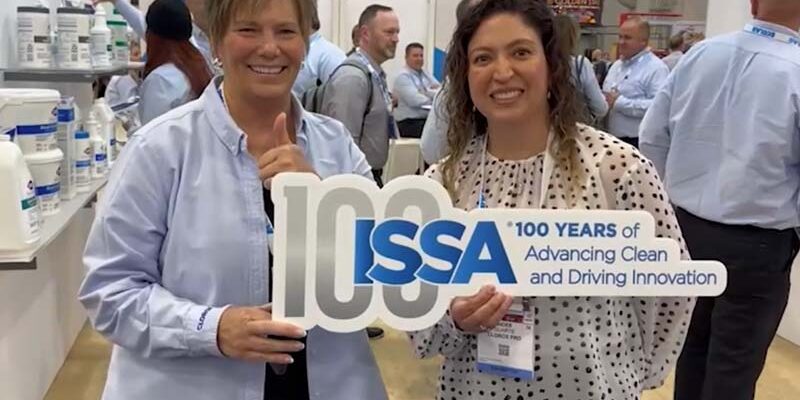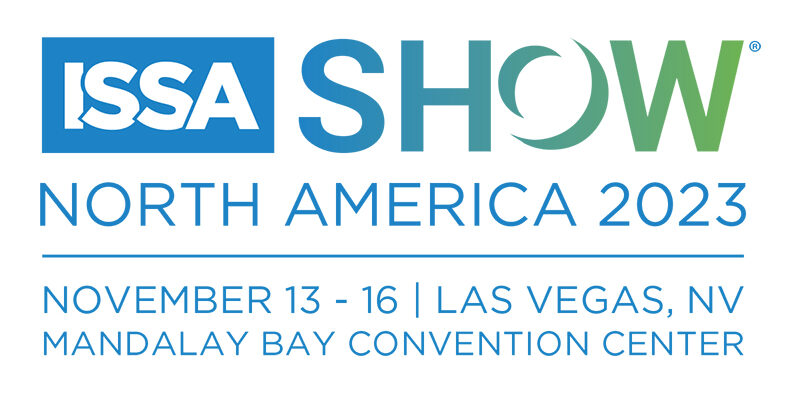The Origins of Clean: BC and Beyond

As part of a new series brought to you by Cleanfax in association with The Museum of Clean, we will be breaking down the history of cleaning from the dawn of time to modern man—and beyond!
With ISSA celebrating its 100th year in business all through 2023, it’s highly important that we take the time to tell the real stories and true history of our beloved industry for all to see, cherish, respect, and reminisce upon throughout these 12 months.
To kick off this exciting series, let’s take a closer look at the rudimentary cleaning rituals of the first human civilizations all the way to the dawn of the medieval period where we shall leave off for next month’s riveting history lesson.
Where it all began: 2800 BC
The roots of cleaning can be traced back all the way to 2800 BC. Archaeologists discovered that ancient Babylonians started making soap around this time, as they excavated soap-like materials and various cylinders. These cylinders contained inscriptions saying “fat boiled with ash.” Knowing that this was how soap was made in other civilizations not long after this, the archaeologists deduced that this was in fact the very first signs of cleaning products being made by human beings.
1500 BC: Egyptian cleaning methods
According to Egypt Today, “Based on the writings of Herodotus, Ancient Egyptians used many healthy hygiene habits, such as washing, and laundry. They also knew to use mint to make their breath fresh. According to Ancient History Online Encyclopedia, Ancient Egyptians always tried to make their bodies clean. They were the first to invent deodorant in history, which they did by mixing various spices, such as citrus and cinnamon.”
In conjunction with personal hygiene, Egyptians also were known for cleaning their homes and clothing using alkaline soaps, alcohol, and other concoctions not too dissimilar to modern detergents and cleaning chemicals.
1200 BC: Greek oils and ‘stewhouses’
While the Greek people were hardly a good example of modern cleaning, their methods are still incredibly interesting to learn about. Here are a few unique facts about this period in human history:
- The Greek people cleaned their bodies with blocks of clay, sand, pumice, and ashes, then anointed themselves with oil, and scraped off the oil and dirt with a metal instrument known as a strigil.
- Greek homes were only said to be dusted and there were no known methods for disinfecting or deep cleaning found throughout their history.
- Steam baths were highly popular with the people of Greece. however, because of the ‘moist warmth of the bathhouse,’ they quickly became known as ‘stewhouses’ to refer to their musky, sweaty stench. Gross, right?
Roman infrastructure and modernized methods
By the time the Roman empire came to be, cleaning methods had advanced in many ways, and their ideas for hygiene and health helped to advance it further with ease. For starters, their methods for sewage cleanup were revolutionary. The Etruscans laid the first underground sewers in the city of Rome around 500 BC. This helped to set the foundations for proper bathroom hygiene and health for centuries to come.
Next, Romans were some of the first to begin to use ammonia to clean their clothing, furniture, and even teeth. However, the ways in which they obtained this ammonia were less than pleasant. According to GreenPee, “Before soap, urine, mixed with water, was used as a detergent for clothing. The ammonia in the urine made even the worst stains get out of the clothes. The barrels of urine were therefore eagerly purchased by laundries. Urine was not only used to wash clothes, but the Romans also used it to brush their teeth.”
Lastly, Romans expected their servants to deep clean their homes with soaps made from animal fats and ashes along with these ammonia concoctions. Their homes were depicted as clean, shiny, and well-kempt which is likely why many of their artifacts are still so well preserved even now.
New cultures rise from the ‘ashes’
The Collapse of the Roman empire led to many barbarian cultures taking over and the concepts of civility and modern cleaning methods being put on the proverbial backburner while things settled across all of Europe.
Meanwhile, many other non-European cultures continued to advance these methods. Chinese rice water detergents, soap made from ground jade, and even herbal disinfectants became prevalent while African oils and astringents were used for disinfection and exfoliation.
As we delve further into the middle ages next month, it’s important to notice not just the unique methods used by every culture but also the similarities. It just goes to show that human ingenuity is something that can be found in every culture and should be embraced even now in the cleaning industry to bring this amazing market into the future and to welcome another 100 years for ISSA and its many members.












